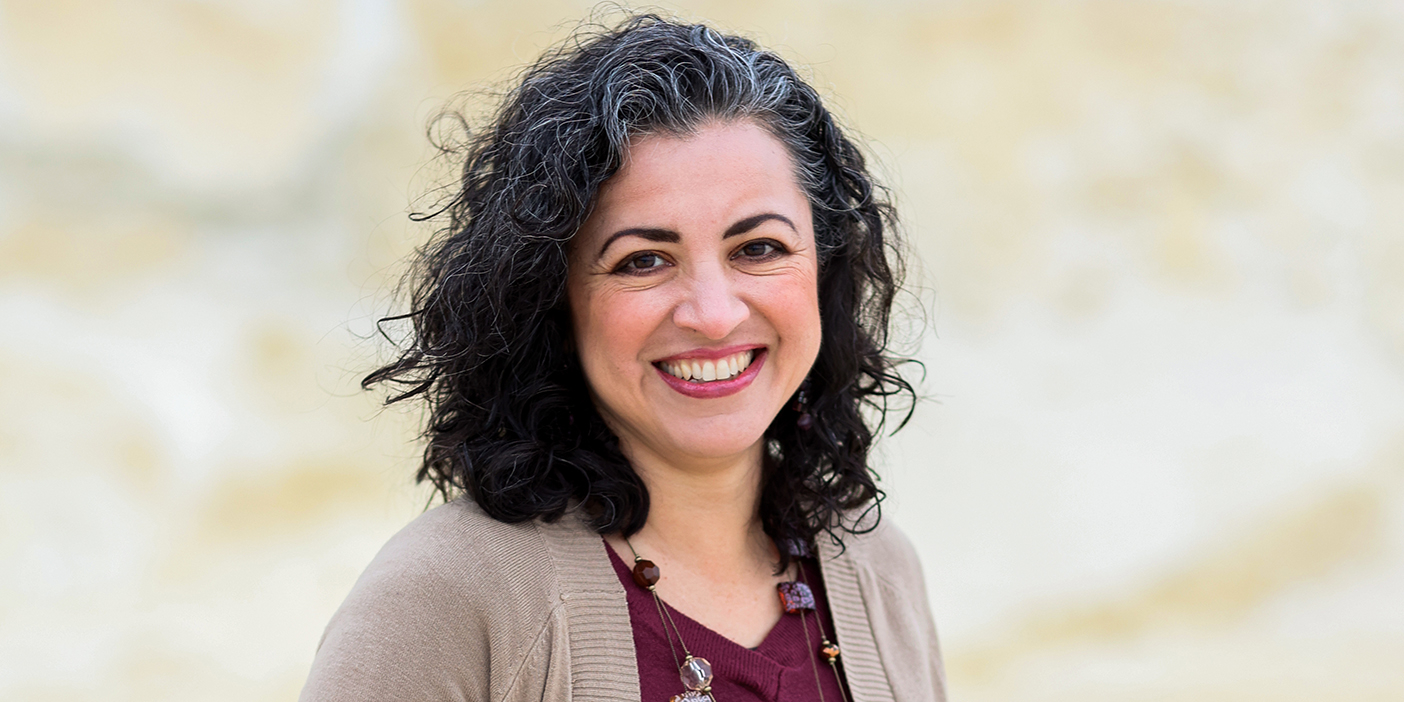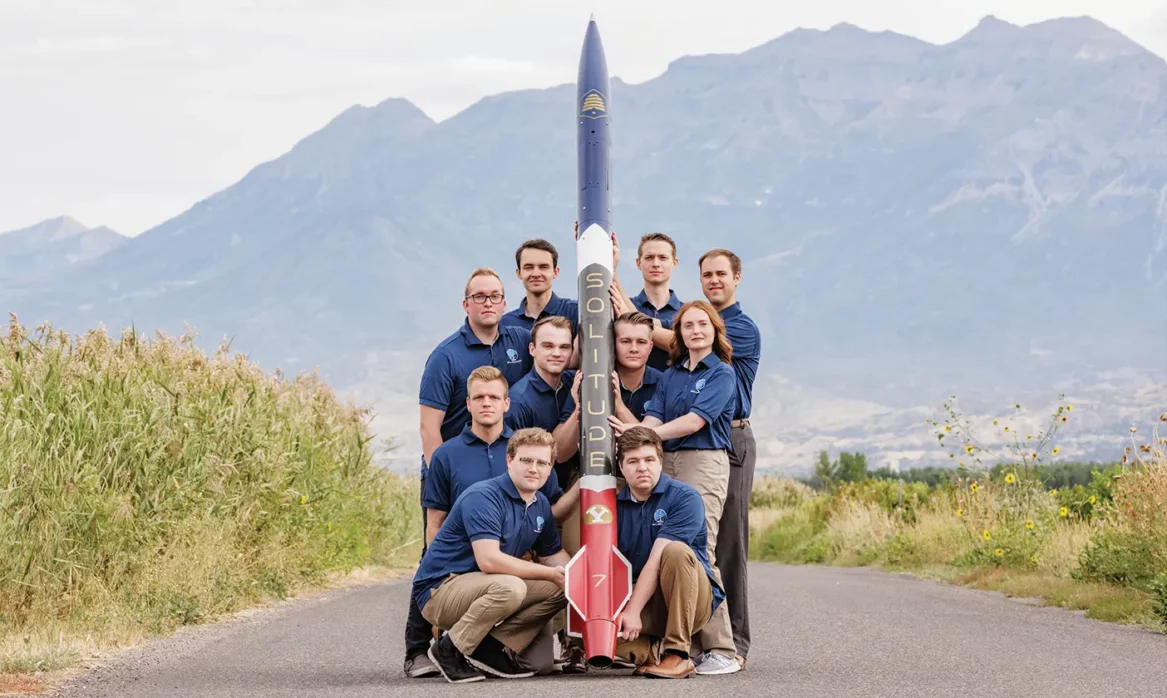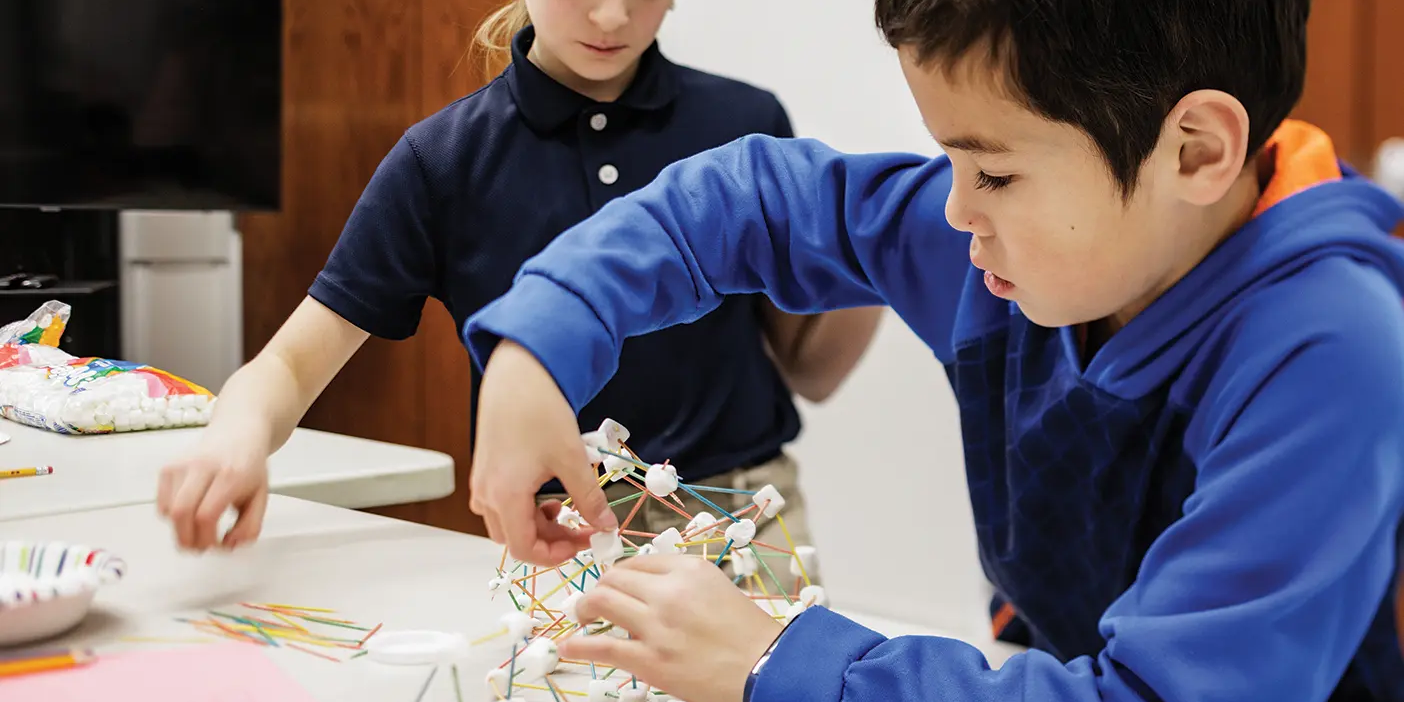A BYU alum is on a mission to make physics fun and accessible to everyone.
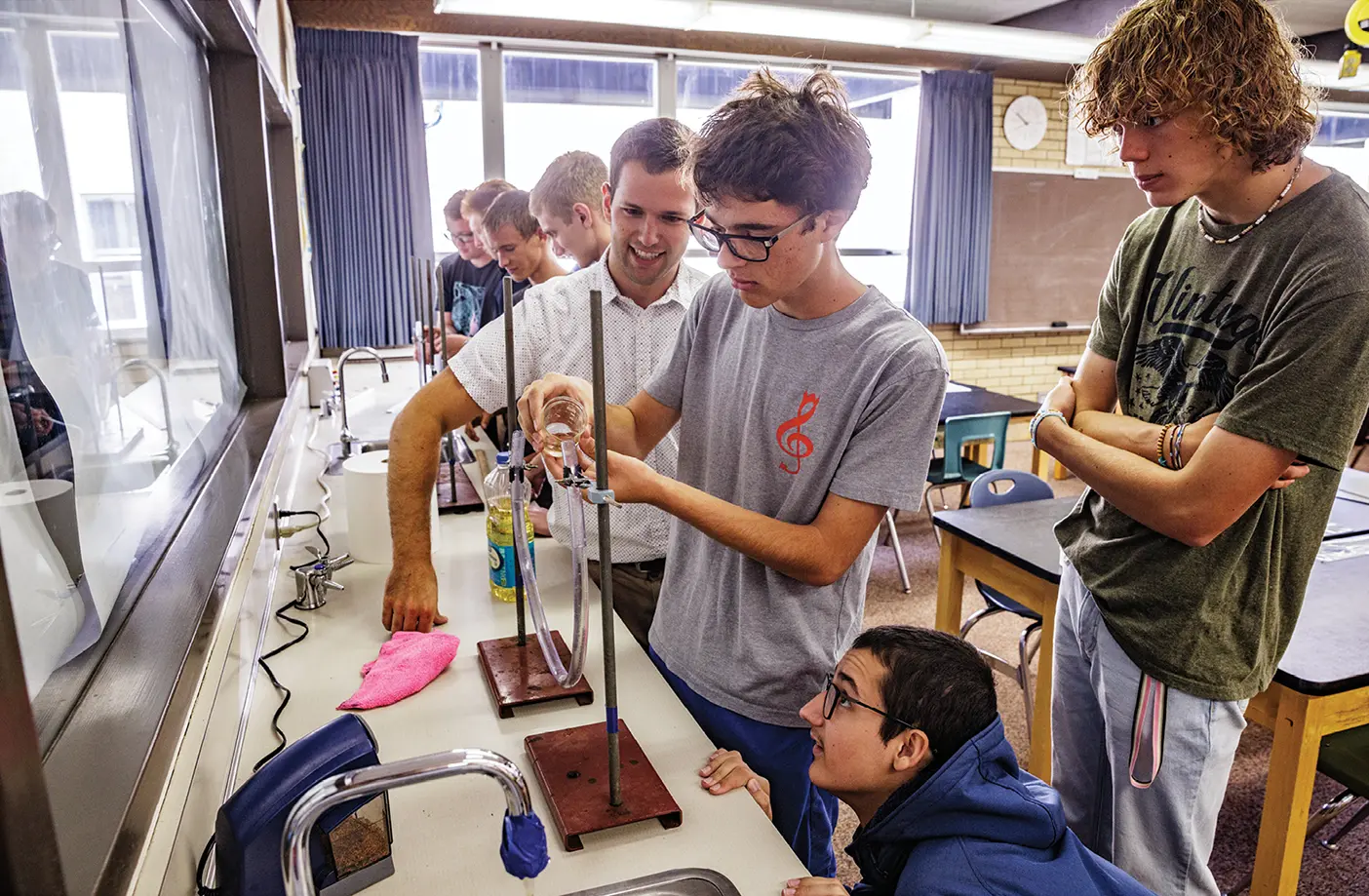
“What am I going to have the kids do today?” Wesley R. Morgan (BS ’18) begins every physics lesson plan with this question. Rather than giving a long-winded lecture on the particularities of wave diffraction, the high-school teacher has his students drop Styrofoam balls into bins filled with swirling rheoscopic liquid and small planks of wood. Instead of waxing poetic about the properties of gases, he tasks his students with making their own hot-air balloons and launching them into the sky. “Physics is great because you can always see it,” Morgan says. “You can always do something with it.”
Morgan teaches AP Physics at Springville High School in Springville, Utah, and is a finalist for the 2023 National Science Foundation’s Presidential Award of Excellence in Mathematics and Science Teaching. It’s an impressive feat for anyone, but especially for a teacher who has only been at it for five years.
When he started, Morgan discovered that the school’s AP Physics program had only 50 students enrolled, most of them White males. He was determined to attract a wider array of learners. It was something he says he learned while at BYU: “helping underserved populations—helping people who are more hesitant to take a class because of different stereotypes or life experiences.”
Morgan has set out to make his classes accessible and appealing to students of all demographics. He collaborated with other science and math teachers to encourage students to sign up for AP Physics and reached out to unlikely physics students by giving them opportunities to see science in action. “I’m doing what I can to show people that physics is for everyone,” Morgan says. “Diversity is much more than a checkbox, and we have a lot of work to make . . . education more equitable.”
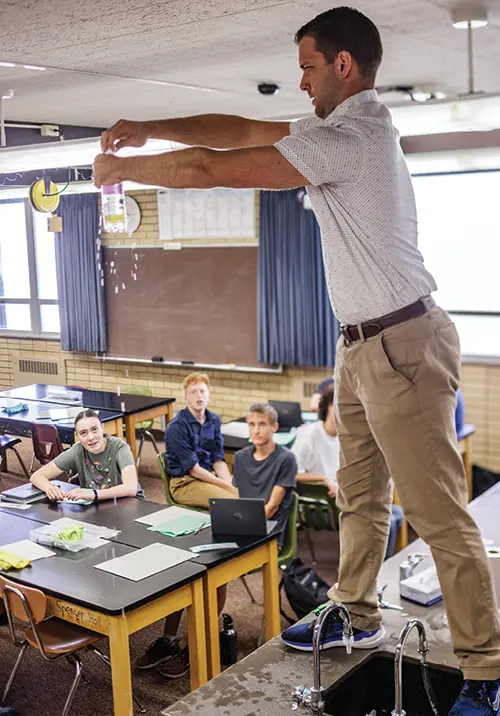
Making his classes accessible and appealing takes a lot of his personal time, but he says it’s worth it if he can cater to the needs of his students.
Morgan developed this attitude toward teaching at BYU. “So many great teachers come through BYU because they have this service-oriented mindset,” Morgan says. “You don’t want to just pick the degree that’ll make you the most money. You realize that what’s going to make you the happiest is touching the most lives.”
His efforts have paid off. In five years Springville High’s AP Physics program has doubled (one year hitting 140 students) and has a more balanced gender representation, though he’s still working to include more minorities. The program became so popular that Morgan started teaching AP Physics 2 for students who want to explore further.
Though experiments are fun, Morgan says his favorite part of teaching is helping his students transition into young adults. “I like seeing them learn to take responsibility for their own learning,” says Morgan, who also oversees the science club and student council. He helps his students see that learning is more than achieving a grade—it’s about seeking answers to real questions. “Even if they don’t study physics” beyond his class, Morgan says, “I hope I’m giving them skills that they’re going to use in the real world.”










